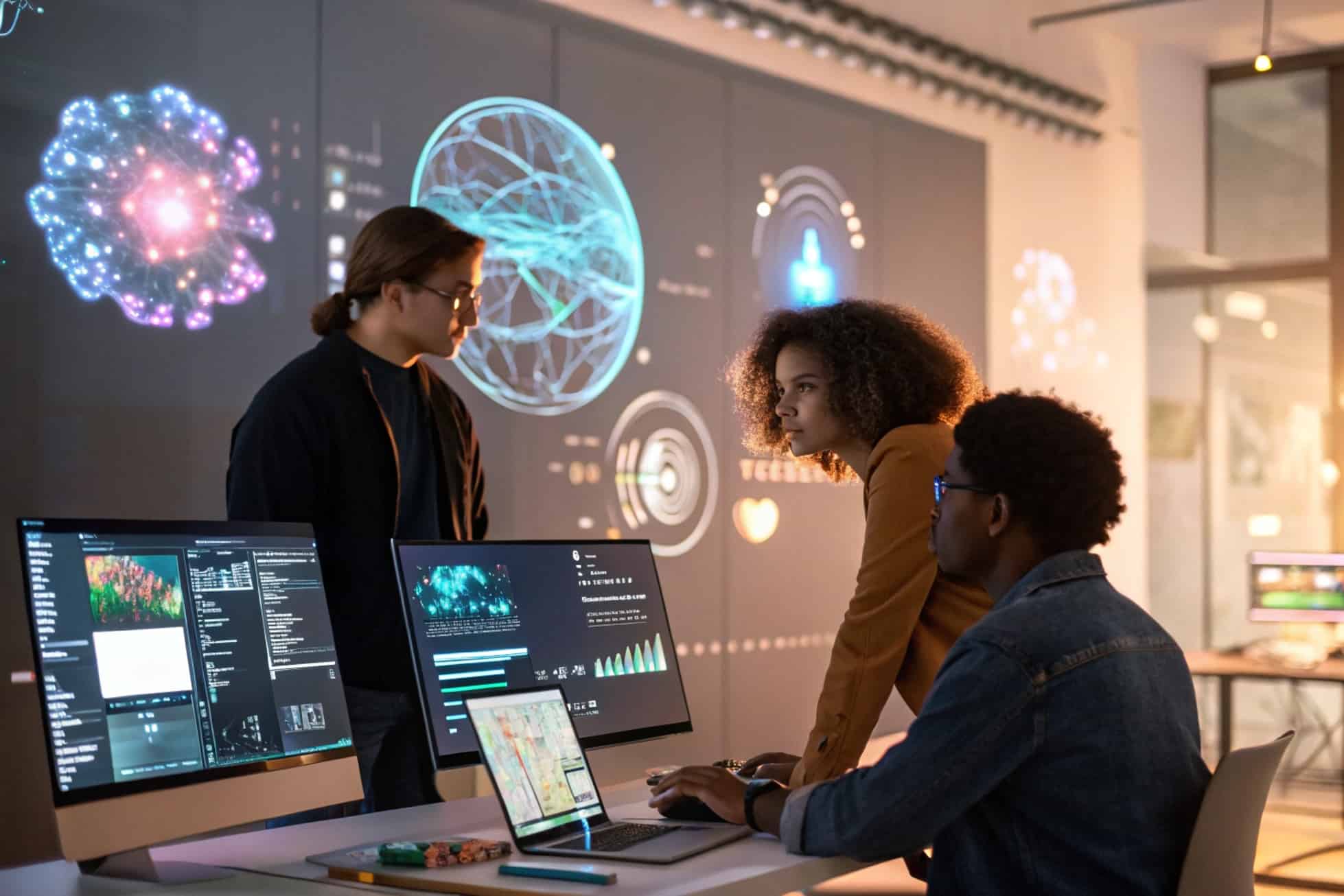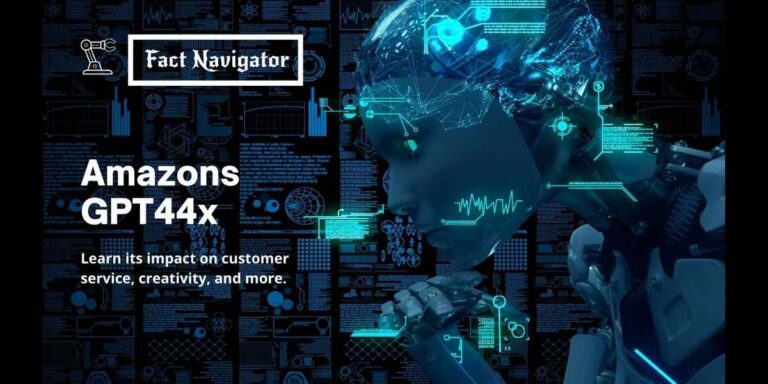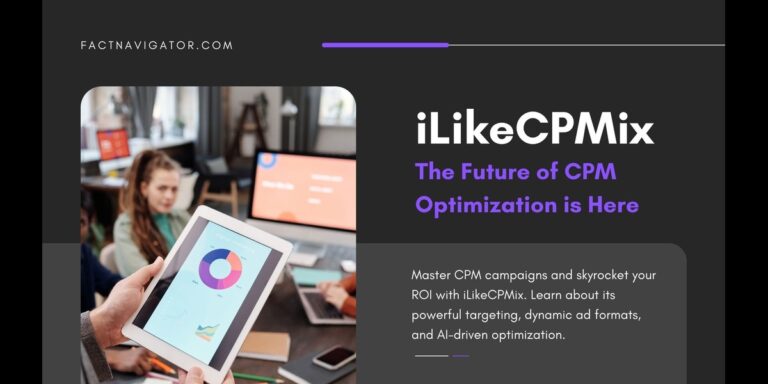In What Ways Can Text-To – Boost Visual Storytelling And Save Time!

In What Ways are text-to tools reshaping the creative landscape by merging language with visual technology? These AI-powered solutions, like text-to-image generators, offer users the ability to turn written descriptions into vivid visuals within seconds.
As industries evolve, the demand for faster, smarter, and more customized content creation is growing, and these tools meet that need efficiently. Whether in design, marketing, education, or storytelling, text-to platforms simplify workflows, reduce production time, and inspire innovation. They’re not just useful—they’re becoming essential in modern creative environments.
How Text-to-Image Generators Revolutionize Creative Workflows?
In today’s rapidly evolving digital ecosystem, staying competitive means embracing tools that can streamline and amplify the creative process. One such innovation—text-to-image generators—has redefined how designers, marketers, educators, and content creators visualize ideas. These AI-powered tools can instantly transform textual descriptions into rich visuals, accelerating ideation, enabling experimentation, and offering previously unreachable levels of customization.
Their influence stretches far beyond design departments, extending into education, brand marketing, and collaborative digital ecosystems. Rather than being limited by traditional creative constraints, professionals now gain more flexibility, speed, and freedom, fundamentally altering their workflows for the better.
Enhancing Speed in Design Processes:
Time-Efficient Visual Creation:
One of the most immediate advantages of text-to-image AI tools is their ability to dramatically reduce time-to-output. Instead of laboriously sketching or searching stock images, users can input a prompt and receive high-resolution visuals within seconds.
Speed Benefits in Design:
| Scenario | Traditional Approach Time | With Text-to-Image Generator |
| Mockup creation | 2–4 hours | 15–30 minutes |
| Brainstorming visual concepts | 1–2 hours | 10–15 minutes |
| Client revision previews | 1 hour | Instant variations |
This reduction in effort supports rapid prototyping, especially for design agencies working under tight deadlines or teams managing multiple campaigns simultaneously.
Expanding the Bounds of Creativity:
Encouraging Exploration and Concept Diversity:
With virtually no cost for iterations, text-to-image tools empower creatives to explore multiple directions without hesitation. Whether it’s visualizing abstract themes, surreal settings, or mood-specific aesthetics, the generator provides instant inspiration.
Adobe’s Firefly tool exemplifies this trend, giving users the power to input even their wildest visual concepts and see them realized in seconds. This removes creative roadblocks and keeps ideation flowing, especially in the early brainstorming phase.
Personalized Visual Communication:
Customization at Scale:
In a world where personalization is key, businesses benefit immensely from AI that can produce unique, audience-specific content. Rather than relying on generic stock imagery, text-to-image generators offer targeted visual assets tailored to brand voice and user interests.
Customization in Brand Messaging:
| Brand Need | Traditional Solution | AI-Generated Advantage |
| Product visuals for niche markets | Expensive custom shoots | Instant tailored visuals |
| Social media campaigns | Pre-made stock images | On-brand, situation-specific images |
| Event promotions | Generic templates | Highly personalized, fresh artwork |
This approach not only boosts authenticity but also strengthens audience engagement by making visuals feel relevant and localized.
Enhancing Education and Communication:
Visual Learning Tools:
For educators and trainers, explaining complex subjects through visuals can drastically improve retention and comprehension. Text-to-image generators allow for quick development of illustrative aids based on academic or training content.
Teachers can create:
- Historical reenactments based on descriptions
- Scientific process diagrams
- Custom infographics for any subject
This democratization of visual content creation improves accessibility, especially for visual learners or those in remote learning environments.
Empowering Non-Visual Creatives:
A Tool for Writers and Marketers:
Text-to-image AI tools are particularly valuable for individuals whose expertise lies in textual or strategic content rather than design. Marketers, novelists, scriptwriters, and bloggers can now visually express their ideas without design training.
This adds a compelling layer to:
- Blog illustrations
- Social media posts
- Email marketing campaigns
- Narrative storytelling
By leveling the playing field, it allows more professionals to participate in visual storytelling, thus improving communication across content formats.
Streamlining Team Collaboration:
Unifying Vision Across Teams:
When working across departments or remotely, maintaining a cohesive creative vision can be difficult. Text-to-image generators solve this by converting written briefs into shared visual concepts, aligning expectations early in the process.
This enhances:
- Cross-functional ideation
- Rapid prototyping for client review
- Feedback loops through visual comparison
It fosters clarity, minimizes misunderstandings, and encourages collaborative iteration rather than conflict over abstract ideas.
Reducing Dependence on Stock Imagery:
Originality and Brand Differentiation:
Using stock photos often results in repetitive, stale visuals that don’t fully reflect a brand’s voice. Text-to-image tools provide unique outputs every time, ensuring brand visuals stand out and feel intentional.
This is critical for:
- Establishing visual identity
- Launching new product lines
- Breaking through digital noise
Moreover, with licensing restrictions removed, the creative and legal freedom gained can significantly streamline publishing workflows.
Looking Ahead: The Future of Creative AI
As machine learning models improve, future versions of these generators will be more intuitive, offering features like:
- Style training based on a specific brand or artist
- Interactive refinement tools for pixel-level editing
- Integration with 3D modeling or AR platforms
This evolution will push boundaries even further, blending text prompts with immersive media capabilities.
FAQS:
1. What are text-to-image generators, and how do they work?
Text-to-image generators use AI to turn written prompts into visual outputs. They analyze language patterns and convert them into images that reflect the described scene, concept, or style, making it easier to create visuals without manual design work.
2. In what ways can text-to tools help designers and marketers?
These tools save time, boost creativity, and reduce dependency on stock images. Designers can quickly generate concept visuals, while marketers benefit from custom, brand-aligned content that enhances campaign performance and audience engagement—all with minimal effort.
3. Can text-to-image tools be used without design skills?
Yes, most platforms are beginner-friendly. Users only need to type a detailed prompt, and the AI creates high-quality visuals. This empowers non-designers like writers and marketers to produce appealing images without needing any graphic design experience.
4. Are AI-generated visuals copyright-free?
It depends on the platform. Some tools offer images for commercial use, while others may have licensing limits. Always check the tool’s terms of use to ensure compliance, especially if you’re using images in marketing or client-facing materials.
5. Do text-to tools support customization and brand consistency?
Yes, text-to tools often allow users to input specific style, tone, and visual elements. This makes it easy to create content that aligns with your brand identity, maintaining consistency across campaigns, social posts, ads, or educational materials.
Final Thoughts:
Text-to-image generators are more than just trendy tools—they are cornerstones of a new creative paradigm. Whether you’re a marketer seeking speed, a designer hunting originality, or an educator aiming for clarity, these tools enable dynamic, scalable, and innovative visual storytelling. They not only save time but elevate the quality and impact of visual content. As this technology continues to evolve, it will become an inseparable part of every creative professional’s toolkit.
Related post:






